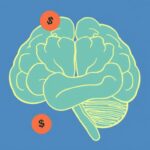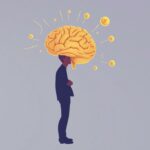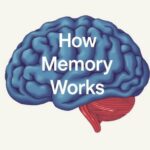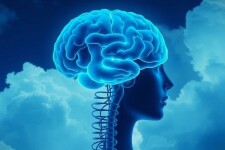Introduction to Neurotransmitters and Mood
Understanding how our mood fluctuates and what influences our emotional state has captured the fascination of scientists and curious minds alike. At the heart of this intricate system lies an incredible network of chemical messengers called neurotransmitters. These tiny molecules play a pivotal role in controlling mood by transmitting signals between nerve cells, or neurons, in the brain. From happiness and motivation to anxiety and sadness, neurotransmitters influence almost every emotional experience we have, silently shaping how we feel every moment of the day.
You might have heard phrases like «chemical imbalance» used in the context of mood disorders, depression, or anxiety, but what exactly does that mean? Put simply, when the delicate balance of neurotransmitters is disrupted, it can lead to changes in mood and behavior. This article dives deep into how neurotransmitters control mood, which ones are most important, and how this knowledge is paving the way for new treatments and lifestyle changes that promote emotional well-being.
What Are Neurotransmitters?
The Basics: How Neurotransmitters Work
Neurotransmitters are chemical substances that enable communication between neurons across synapses—the tiny gaps between nerve cells. When an electrical signal reaches the end of a neuron, it triggers the release of neurotransmitters into the synapse. These chemicals then travel across the synaptic gap and bind to receptor sites on the next neuron, either stimulating or inhibiting it from firing.
This process is fast and continuous, enabling the brain to process thoughts, sensations, and emotions in real time. Essentially, neurotransmitters are the messengers that allow brain cells to communicate and coordinate complex functions, including mood regulation.
Types of Neurotransmitters Involved in Mood Control
Not all neurotransmitters influence mood equally. Some are widely recognized for their powerful effects on how we feel. Here is a quick overview of the key players:
| Neurotransmitter | Primary Role | Effect on Mood |
|---|---|---|
| Serotonin | Regulates mood, appetite, sleep | Promotes feelings of well-being and happiness |
| Dopamine | Involved in reward, motivation, pleasure | Boosts motivation and positive mood |
| norepinephrine | Controls alertness and stress response | Increases arousal and vigilance; affects energy levels |
| GABA (Gamma-Aminobutyric Acid) | Main inhibitory neurotransmitter | Reduces anxiety and promotes calmness |
| Glutamate | Main excitatory neurotransmitter | Enhances brain activity but can lead to anxiety if overactive |
| Endorphins | Natural painkillers | Produce feelings of euphoria and reduce pain |
Serotonin: The Mood Stabilizer
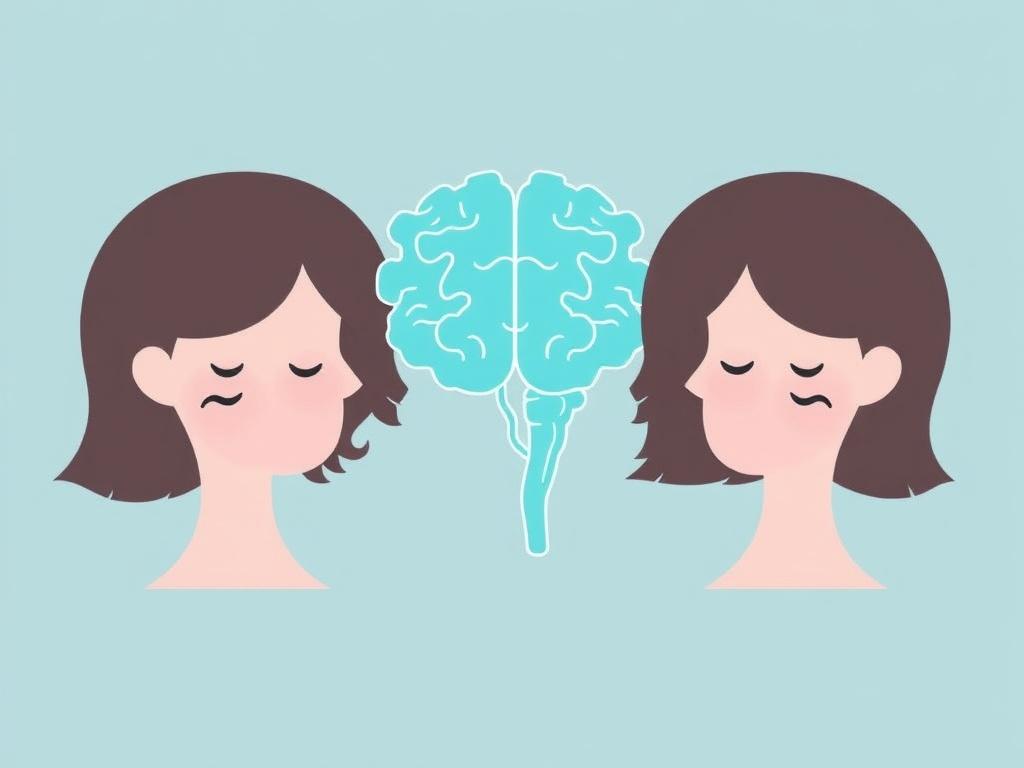
Often called the «happiness chemical,» serotonin is crucial for maintaining a balanced mood. It influences a wide range of functions beyond mood, including appetite, sleep, and even cognitive functions like memory and learning. Low levels of serotonin are commonly linked to depression and anxiety disorders, which is why many antidepressants, such as selective serotonin reuptake inhibitors (SSRIs), work by increasing serotonin availability in the brain.
Serotonin’s calming and stabilizing effect helps keep negative emotions in check. When serotonin levels are sufficient, people tend to experience feelings of contentment, emotional resilience, and mental clarity. However, a deficiency can lead to mood swings, irritability, and increased sensitivity to stress.
Dopamine: The Motivator and Pleasure Seeker
If serotonin is about balance and calm, dopamine centers on motivation, reward, and pleasure. It’s the neurotransmitter that makes activities like eating delicious food, achieving goals, or socializing feel rewarding and enjoyable. Dopamine’s role in mood is tied to its function in the brain’s reward circuitry.
When dopamine signaling is strong, it fuels drive, focus, and motivation, often translating to an upbeat mood. Conversely, low dopamine levels can cause feelings of apathy, lack of pleasure (anhedonia), and fatigue, symptoms frequently observed in depression and other mood disorders.
Everyday Activities That Boost Dopamine
Here are some natural ways to stimulate dopamine production and lift your mood:
- Regular physical exercise
- Engaging in rewarding hobbies or creative pursuits
- Listening to music you enjoy
- Achieving small daily goals or tasks
- Social interaction with friends and family
Norepinephrine: The Arousal and Stress Regulator
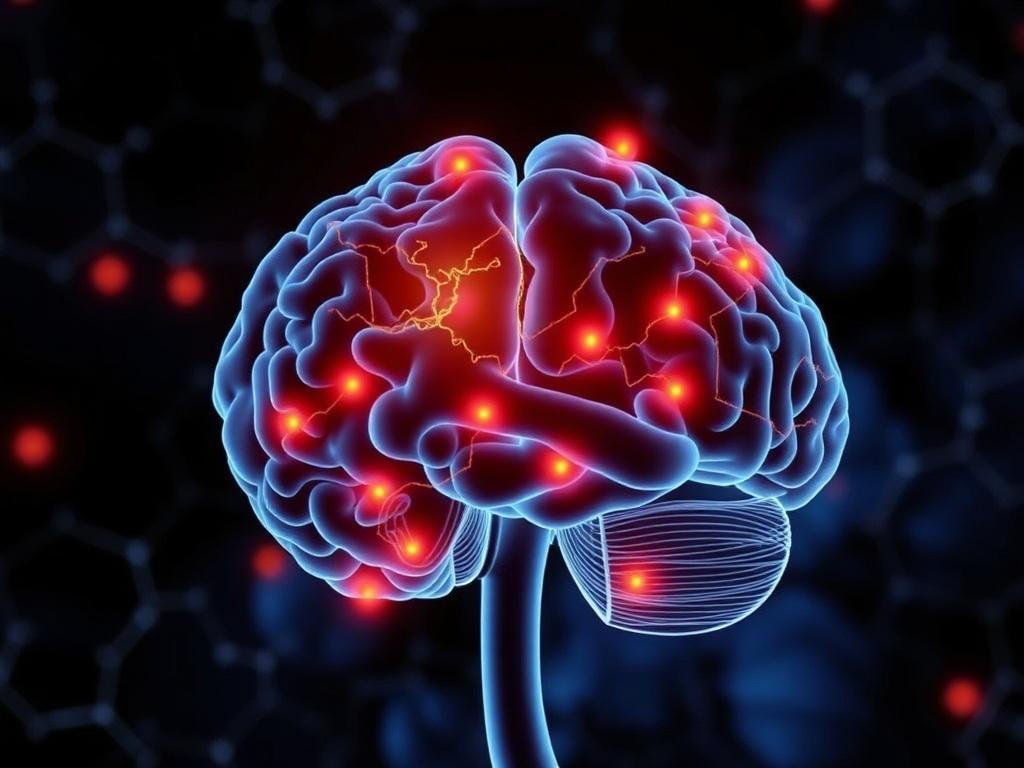
Norepinephrine, sometimes known as noradrenaline, helps regulate alertness and prepares the body to respond to stress or danger. It plays a vital role in the “fight or flight” response. When released, it increases heart rate and blood flow to muscles, sharpening focus and making us more alert.
In terms of mood, norepinephrine’s effects are a double-edged sword. It can enhance concentration and energy, improving mood temporarily, but chronic high levels may contribute to anxiety, irritability, and mood disorders. Many antidepressants target norepinephrine, aiming to balance its effects to reduce symptoms of depression and fatigue.
GABA and Glutamate: The Yin and Yang of Mood Regulation
The balance between excitatory and inhibitory neurotransmitters shapes how calm or anxious we feel. GABA is the main inhibitory neurotransmitter, meaning it slows down nerve activity and promotes relaxation. It’s often linked to reducing anxiety and preventing overstimulation.
On the flip side, glutamate is the primary excitatory neurotransmitter—it stimulates nerve activity. While necessary for normal brain function, excessive glutamate release can lead to overactivation of the brain, resulting in anxiety, irritability, and even neurotoxicity.
The dynamic balance between GABA and glutamate is essential. Too little GABA or too much glutamate can lead to anxiety disorders or mood instability.
Endorphins: Nature’s Euphoria-Inducing Chemicals
Endorphins serve as the body’s natural painkillers and mood elevators. Released in response to pain or stress, they help our bodies cope by reducing pain perception and generating feelings of pleasure or euphoria. This “endorphin rush” is often described by runners after long jogs or by people engaging in high-intensity activities, sometimes called a “runner’s high.”
This neurotransmitter helps regulate emotional pain and stress, contributing to mood improvement during challenging times.
How Imbalances in Neurotransmitters Affect Mood
When the levels or functioning of neurotransmitters become disrupted, mood disorders can develop. These imbalances might occur due to genetics, chronic stress, illness, diet, or lifestyle factors. The complexities of how neurotransmitter imbalances lead to different emotional states are challenging to fully unravel, but research shows certain patterns:
- Depression: Often linked to low serotonin, dopamine, and norepinephrine levels.
- Anxiety: Frequently associated with reduced GABA activity and elevated norepinephrine.
- Bipolar Disorder: May involve irregular dopamine and norepinephrine fluctuations.
- Stress and PTSD: Overactivation of norepinephrine and disruptions in serotonin systems.
Factors That Influence Neurotransmitter Balance
Maintaining a healthy neurotransmitter balance depends on multiple factors:
| Factor | Impact on Neurotransmitters |
|---|---|
| Diet | Provides precursors like amino acids needed for neurotransmitter synthesis |
| Exercise | Boosts production of serotonin, dopamine, and endorphins |
| Stress | Elevates norepinephrine and can deplete serotonin and dopamine |
| Sleep | Affects neurotransmitter receptor sensitivity and neurotransmitter turnover |
| Medications | Can alter neurotransmitter levels and receptor interactions |
Medications and Therapies Targeting Neurotransmitters
The knowledge of how neurotransmitters control mood has revolutionized psychiatry and neurology. Many medications prescribed for mood disorders are designed to adjust neurotransmitter levels to restore balance.
Common Classes of Psychiatric Medications
- Selective Serotonin Reuptake Inhibitors (SSRIs): Increase serotonin levels, commonly used to treat depression and anxiety.
- Serotonin-Norepinephrine Reuptake Inhibitors (SNRIs): Target both serotonin and norepinephrine for mood regulation.
- Monoamine Oxidase Inhibitors (MAOIs): Prevent breakdown of neurotransmitters like serotonin and norepinephrine.
- Benzodiazepines: Enhance GABA activity for anxiety relief.
- Dopaminergic Agents: Used for disorders involving dopamine deficits such as Parkinson’s and sometimes depression.
Non-pharmacological therapies, such as cognitive behavioral therapy (CBT), also complement medication by teaching individuals skills to manage mood, sometimes improving neurotransmitter activity indirectly through behavioral changes.
The Future of Mood Regulation: Beyond Traditional Neurotransmitters
While dopamine, serotonin, and norepinephrine have dominated much of our understanding, emerging research shows that mood regulation involves a wider range of neurochemicals and complex brain circuits. Scientists are exploring the roles of neuropeptides, hormones like cortisol and oxytocin, and even gut-brain interactions involving microbiota that influence neurotransmitter production and availability.
Novel approaches, such as psychedelic-assisted therapy and neuromodulation techniques, aim to reset disrupted neural circuits and improve neurotransmitter function in ways traditional medications cannot. Understanding how neurotransmitters control mood is an evolving story that holds promise for more personalized and effective treatments.
Simple Lifestyle Changes to Support Neurotransmitter Balance
If you’re curious about boosting your mood naturally, focusing on lifestyle habits that support healthy neurotransmitter levels can be powerful. Here are some practical tips:
- Eat a balanced diet: Include protein-rich foods with amino acids like tryptophan and tyrosine, which are building blocks for serotonin and dopamine.
- Exercise regularly: Promotes the release of many mood-enhancing neurotransmitters.
- Get enough sleep: Sleep regulates receptor sensitivity and neurotransmitter cycling.
- Manage stress: Practice mindfulness, meditation, or yoga to reduce excessive norepinephrine release.
- Engage socially: Social interaction naturally increases dopamine and oxytocin, boosting mood.
Summary Table: Key Neurotransmitters and Mood Effects
| Neurotransmitter | Associated Mood Effects | Common Disorders Linked to Imbalance |
|---|---|---|
| Serotonin | Happiness, calm, emotional stability | Depression, anxiety, OCD |
| Dopamine | Motivation, reward, pleasure | Depression, schizophrenia, addiction |
| Norepinephrine | Alertness, energy, stress response | Anxiety, depression, bipolar disorder |
| GABA | Calmness, anxiety reduction | Anxiety disorders, epilepsy |
| Glutamate | Excitation, memory | Depression, anxiety, neurodegeneration |
| Endorphins | Euphoria, pain relief | Chronic pain, depression |
Conclusion
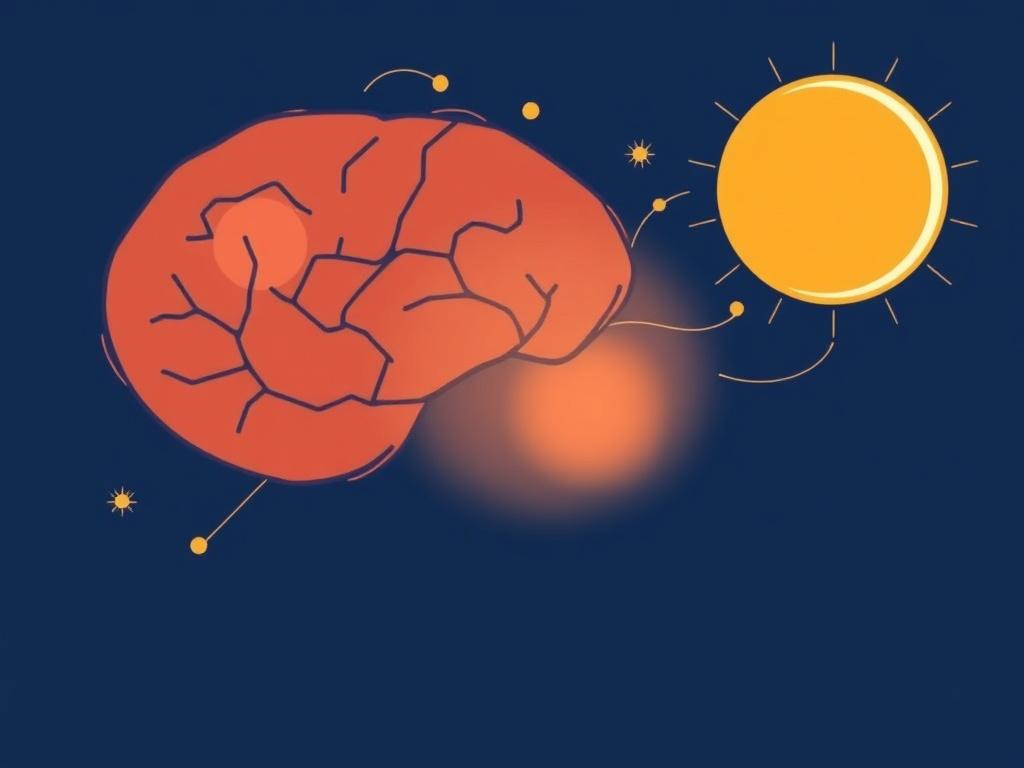
Exploring how neurotransmitters control mood reveals the remarkable chemistry that shapes every aspect of our emotional lives. These brain chemicals serve as the fundamental messengers, regulating feelings of happiness, motivation, anxiety, and calm. By understanding the central roles of serotonin, dopamine, norepinephrine, GABA, glutamate, and endorphins, we gain insight into why our moods change and how imbalances can lead to disorders. Whether through medication, therapy, lifestyle changes, or new scientific innovations, targeting neurotransmitter activity opens pathways to improving mental health and emotional well-being. The dance of neurotransmitters in our brain is complex yet essential — and by nurturing this delicate balance, we hold the key to unlocking a happier, more stable mood every day.


